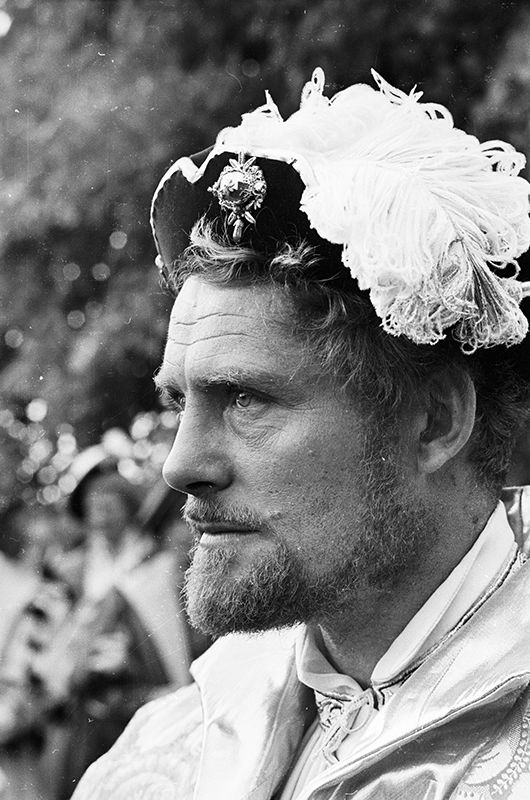When “A Man for All Seasons” came out to theaters in 1966 I was not interested. At the time my movie-going tastes were more in line with other new releases, such as “The Night of the Grizzly,” “Born Free” and “The Ghost and Mr. Chicken.” My older siblings went to see “A Man for All Seasons” and they seemed to praise it a lot, but my 9-year-old self could not be bothered.
I am sure I would have eventually taken St. Paul’s word to heart and “put away childish things,” even if that included opting out of the next Don Knotts comedy and opting in for headier stuff. When it did premiere on network TV it was a special event. And, for me personally, the timing could not have more precise.
I had grown up in a Catholic petri dish of viewing all things Henry VIII with deep suspicion or outright hostility, and I knew the story of St. Thomas More along with the stories of many other martyrs that kids my age were also entranced by. There were deaths by arrows, burnings over a pit, flaying of skin and more beheadings than you’d see at an ISIS high school reunion. Being Irish, there was also the element of having an almost sociopathic affinity for lost causes, so the tale of a Catholic saint standing up to an English king with his whole world stacked against him and destined to lose was right in my Irish wheelhouse.
I realize that, with the help of technology, I would have found this movie and been influenced by it eventually, but the fact it came to me via television when “current” movies were still a rarity added gravitas to it and brought it to me at just the right time for it to have a spiritual, educational and literary impact on me.
I must self-report that I remember being forced to watch it by family consensus. We may have been 10 children, two parents and one uncle living under the same roof, but there were still only two televisions in the house. One of them was in our Uncle Rich’s room and was about the size of a toaster. It had been state of the art during the Army-McCarthy hearings, and its horizontal hold capability was dubious. For those who don’t know what “horizontal hold” means, see Google.
The “big” TV was where I, as the youngest member of the family, had virtually no control over unless it was early Saturday morning and I had my way watching Laurel and Hardy oldies before anybody else had gotten up.
So to a large extent, and I do mean large, I was out-voted and the “only” thing on that fateful day was “A Man for All Seasons.” This is where art and our inner God-given boilerplate to be attracted to it comes into play. I was mesmerized from the opening credits of the film. It was historical (a plus since I loved historical movies), it was in color (we had only recently upgraded to a 19” RCA color TV) and it was about a Catholic who was about to give it to an English King — perfection.
But it was so much more than that. The writing by Robert Bolt was the equivalent to a Steve McQueen action movie. But instead of cool cars careening through the streets of San Francisco, “A Man for All Seasons” had characters bantering back and forth in language that seemed equal parts modern and historically appropriate. It didn’t hurt that the lines were being said by actors like Paul Scofield, Robert Shaw and Orson Welles. This was my first real exposure to those talents and not only did they capture my imagination, they spurred me on to investigate more of their individual artistic achievements.
When “A Man for All Seasons” was announced as a special presentation on network TV you knew it was an important television moment, especially upon learning that it was going to be shown more than once. At first I winced at this news, but after the initial viewing, I was back at it the next day, soaking up every scene. The author Robert Bolt was a self-diagnosed agnostic and the play and screenplay certainly tamp down certain Catholic elements to this historical and promethean struggle, and in many ways doesn’t show the Church in the best light.
Yet the story of St. Thomas More and his faith and courage come through, while at the same time the character — beautifully portrayed by the late Paul Scofield — is dripping with human frailty and inner struggles. Isn’t that the way of all saints?
“A Man for All Seasons” was a merger of film like only the motion picture industry could or would have produced in 1966, and television, which “repurposed” and opened up the vistas to a different audience. I’ll always be thankful that such a great film crossed my path when I was so ripe for the picking.
Robert Brennan has been a professional writer for more than 30 years, including many years in the television industry.

